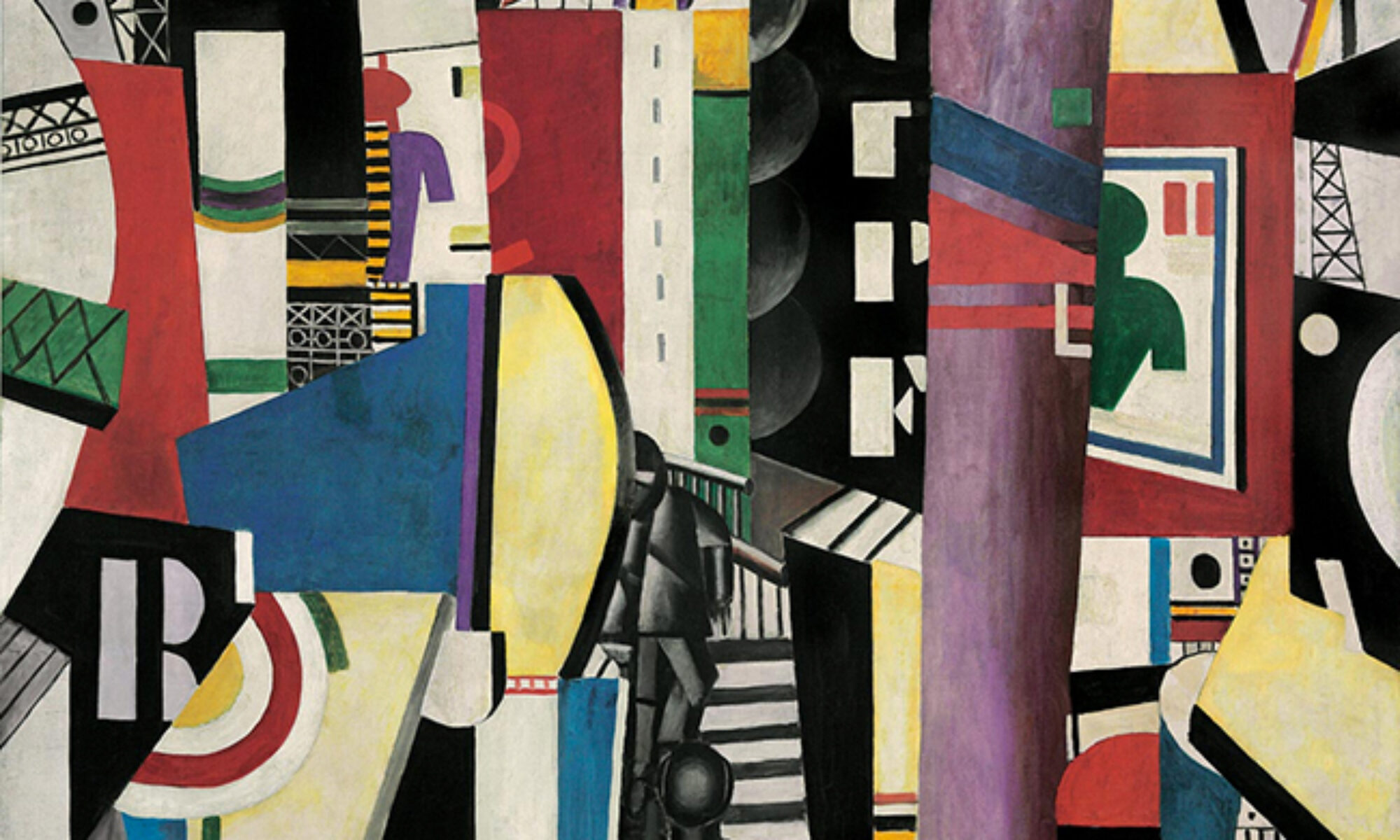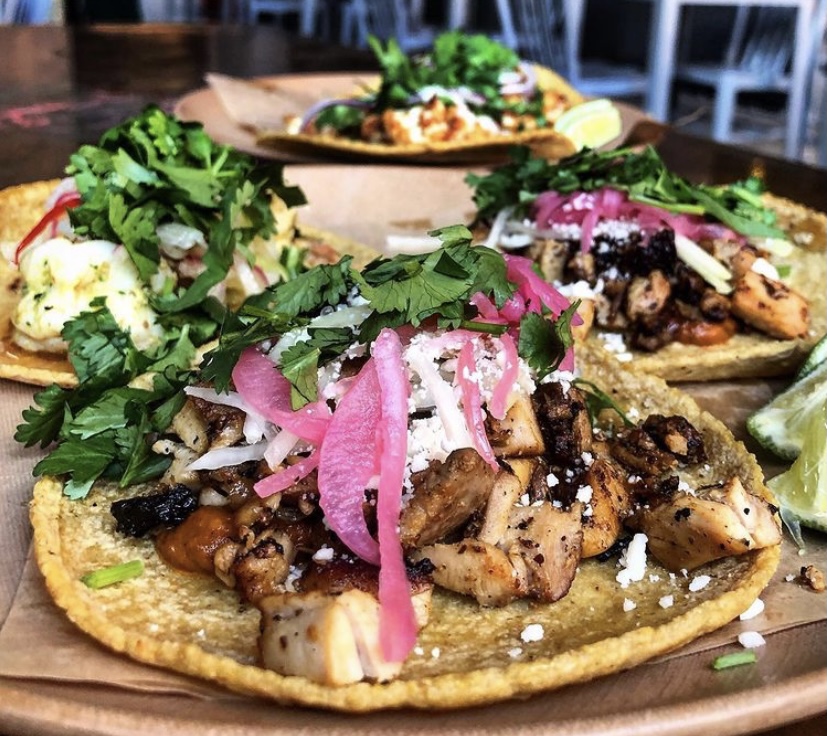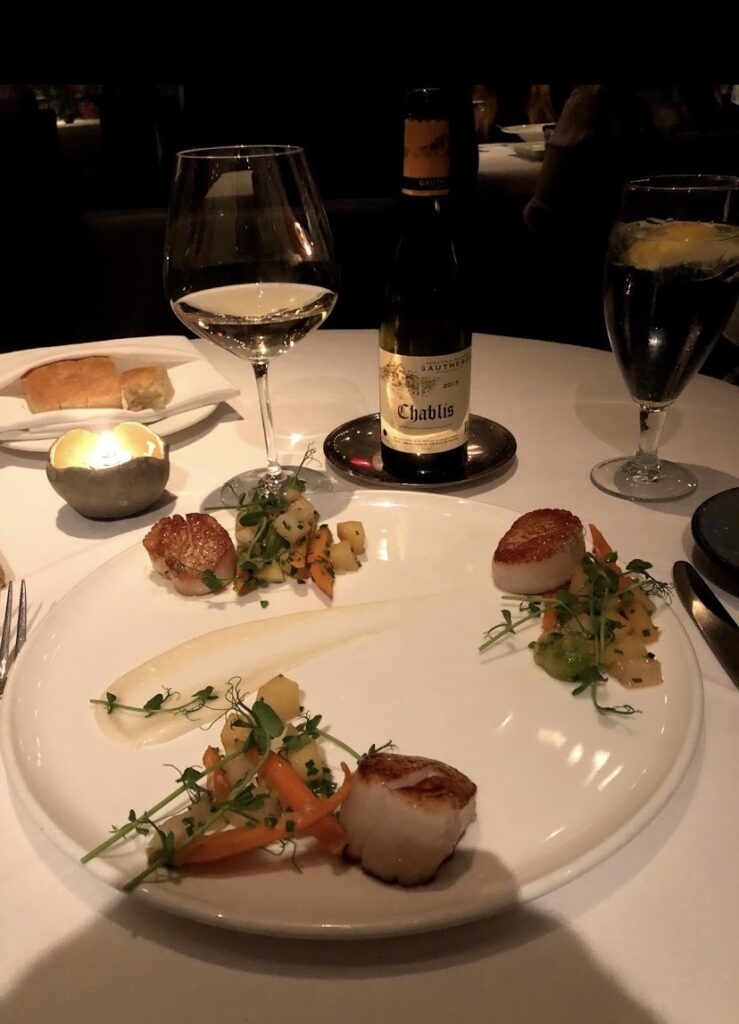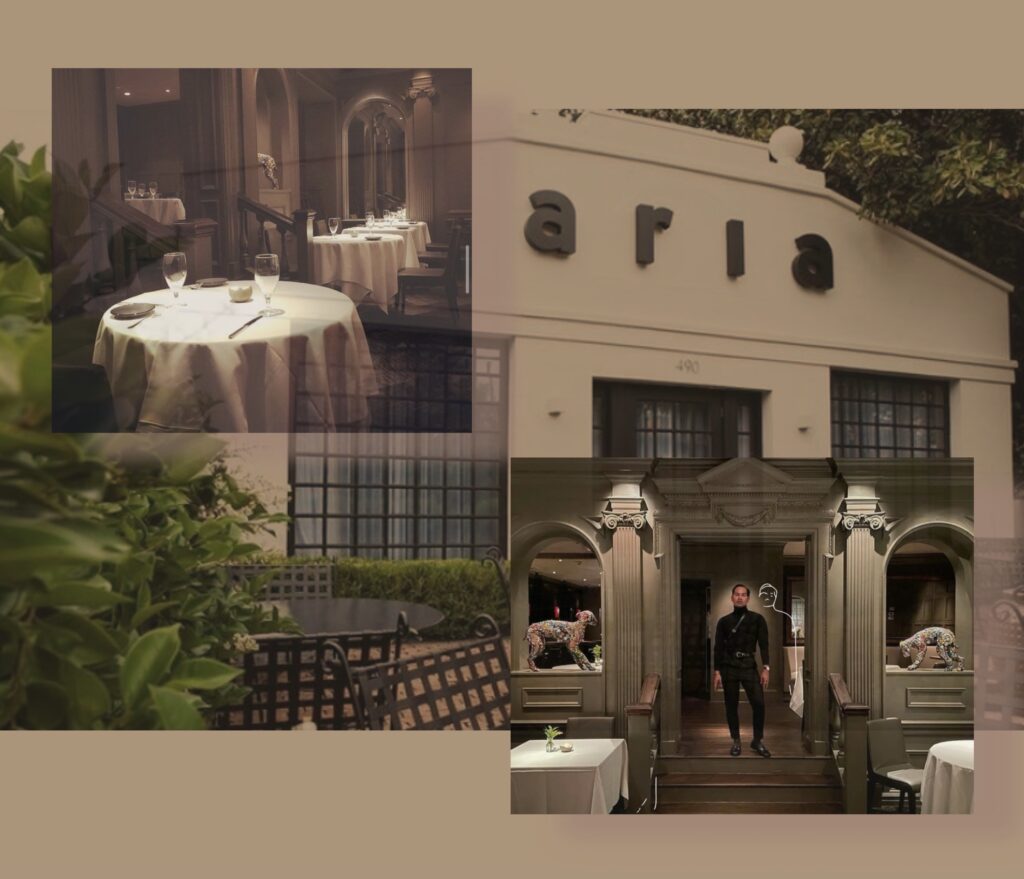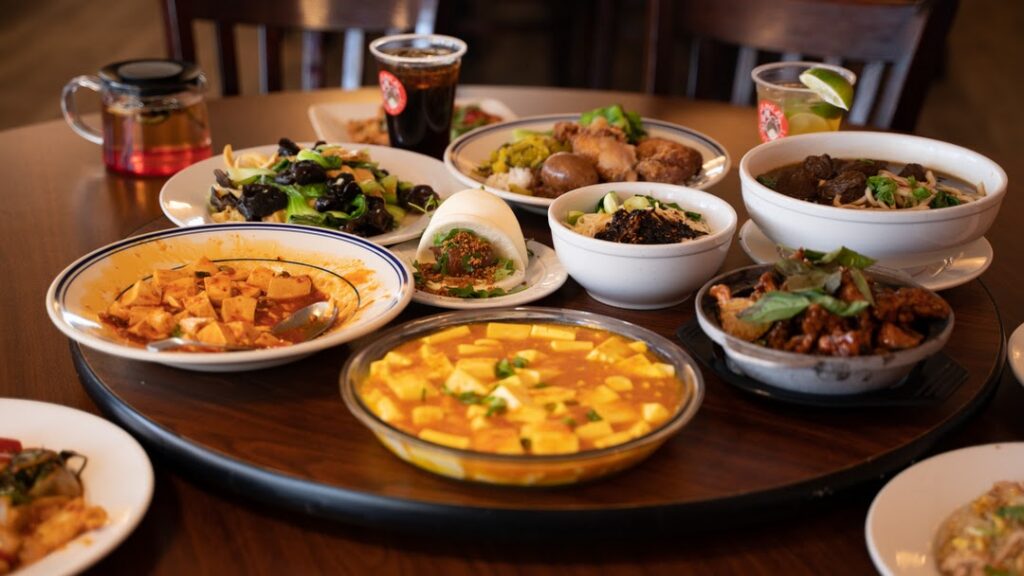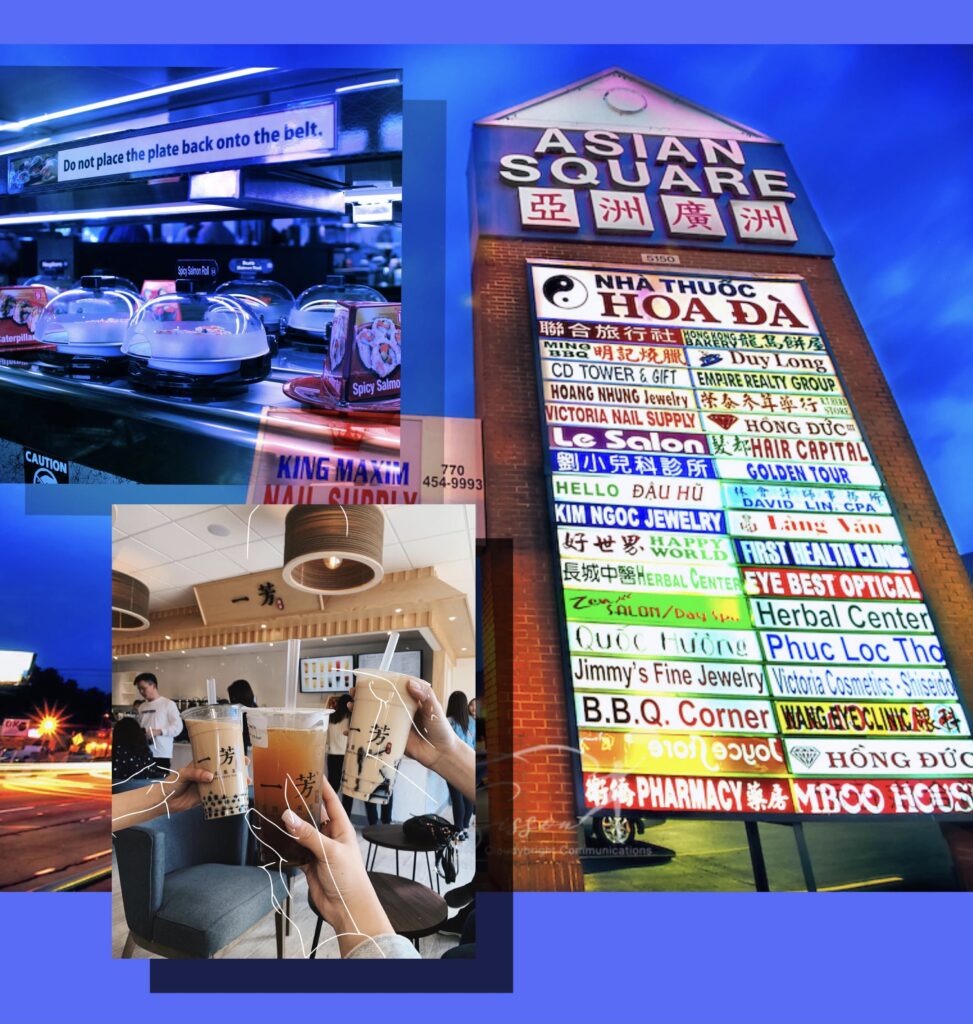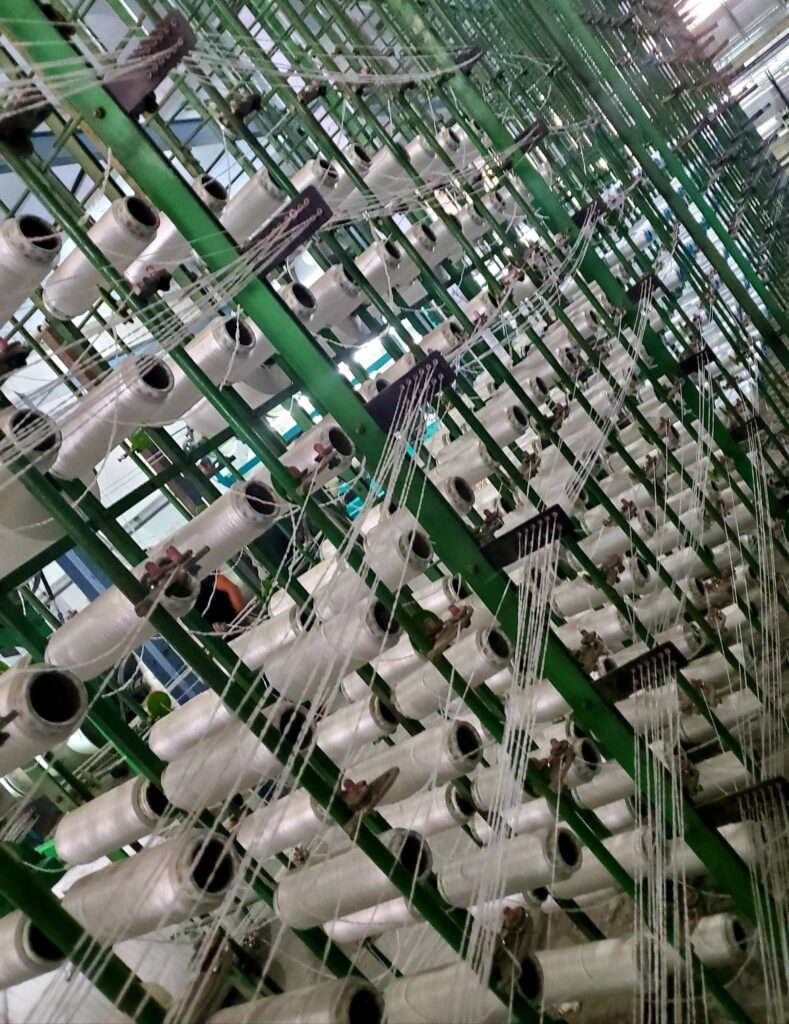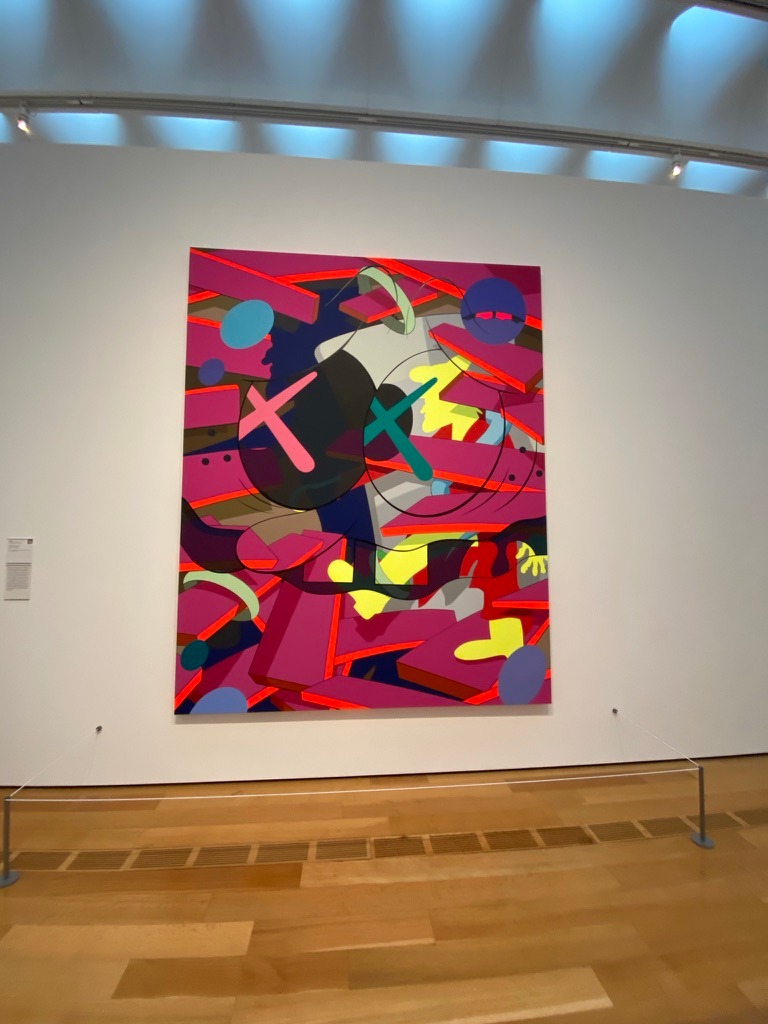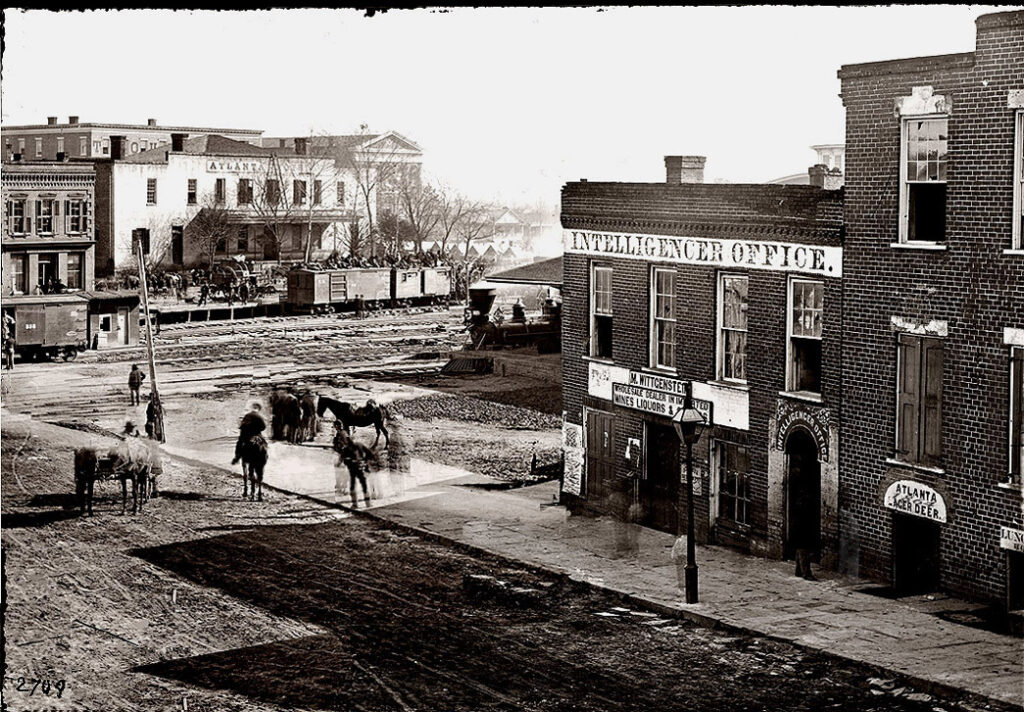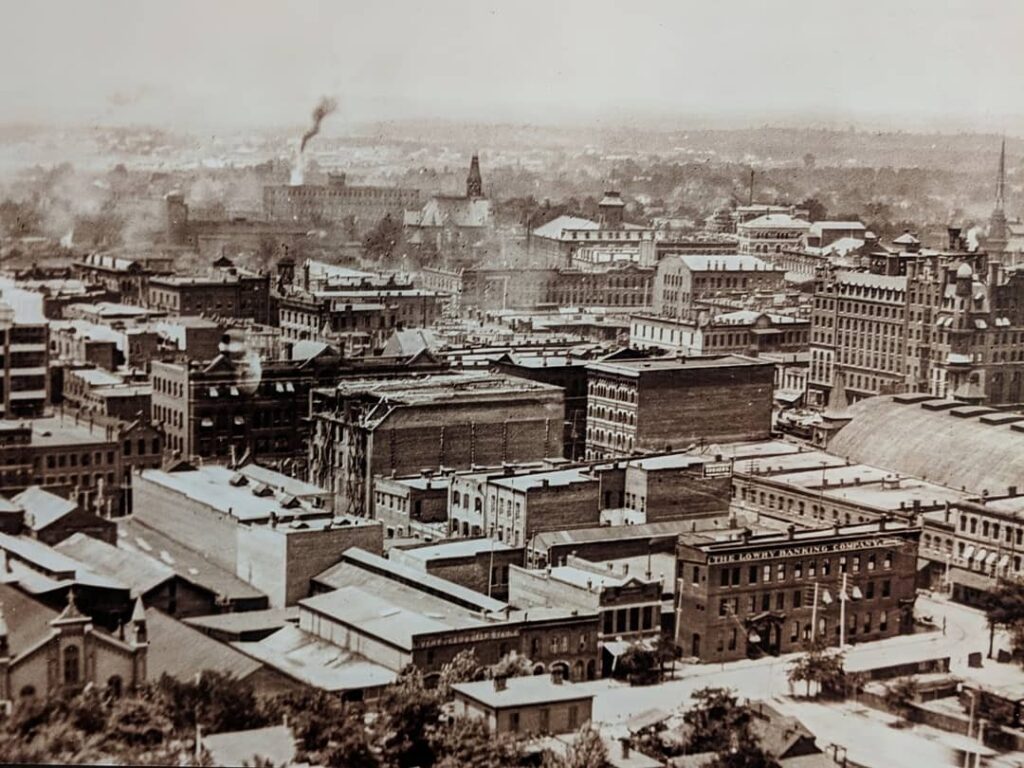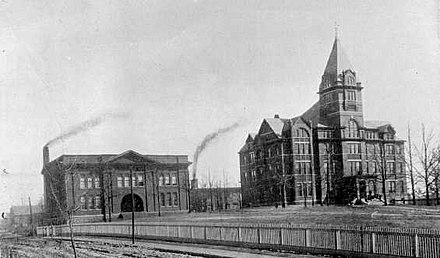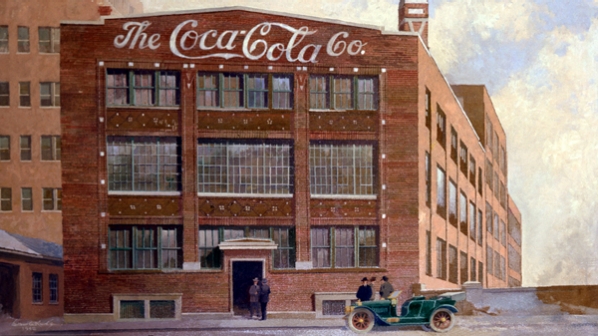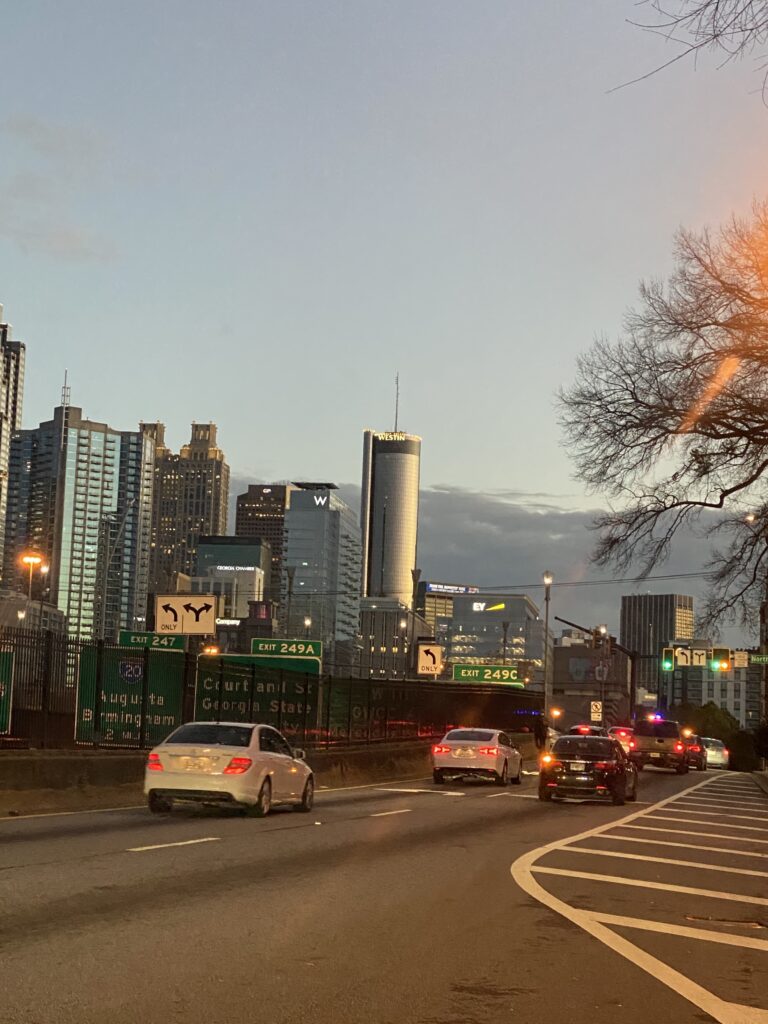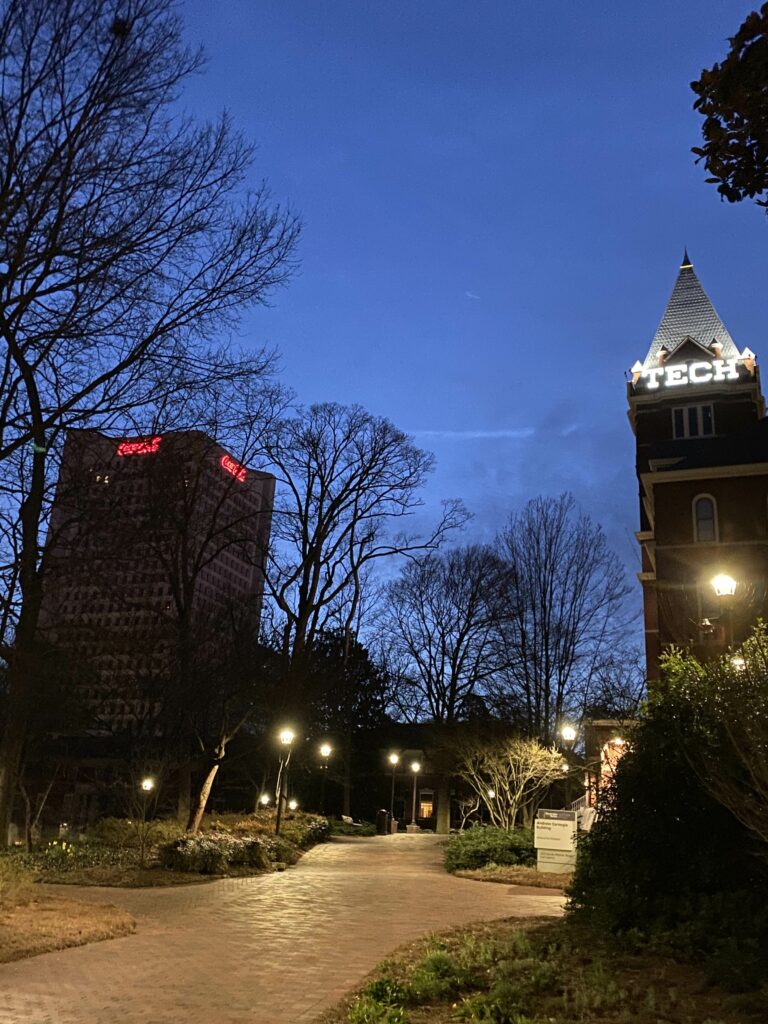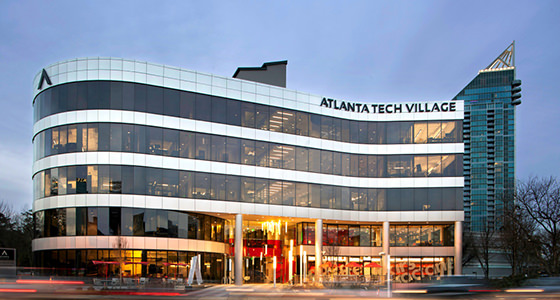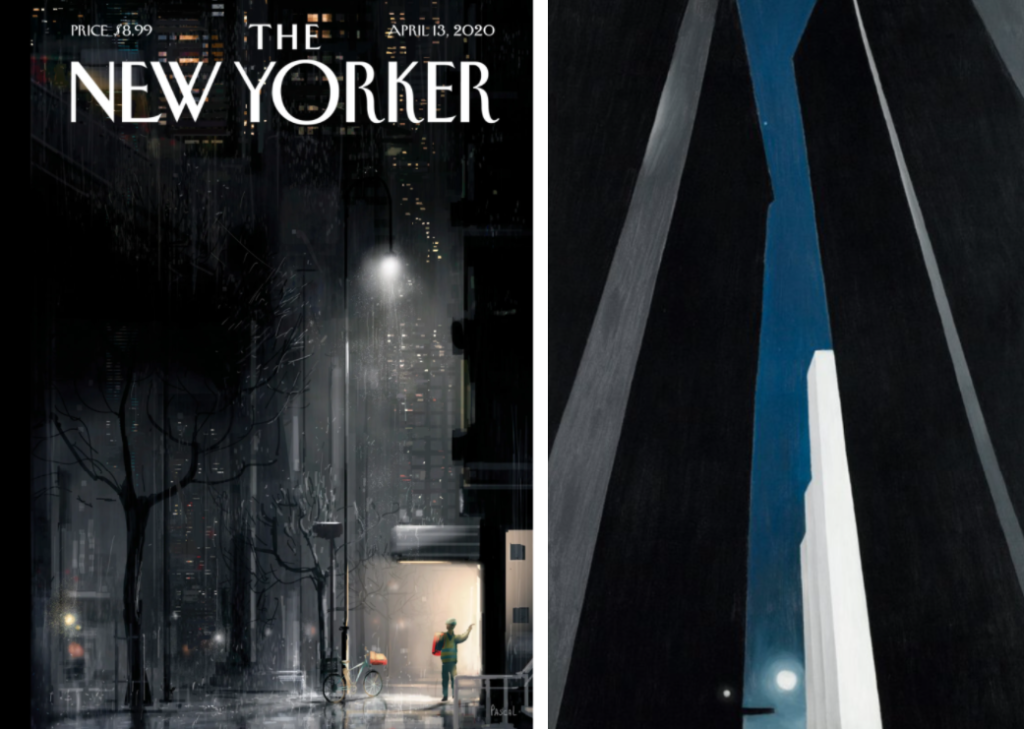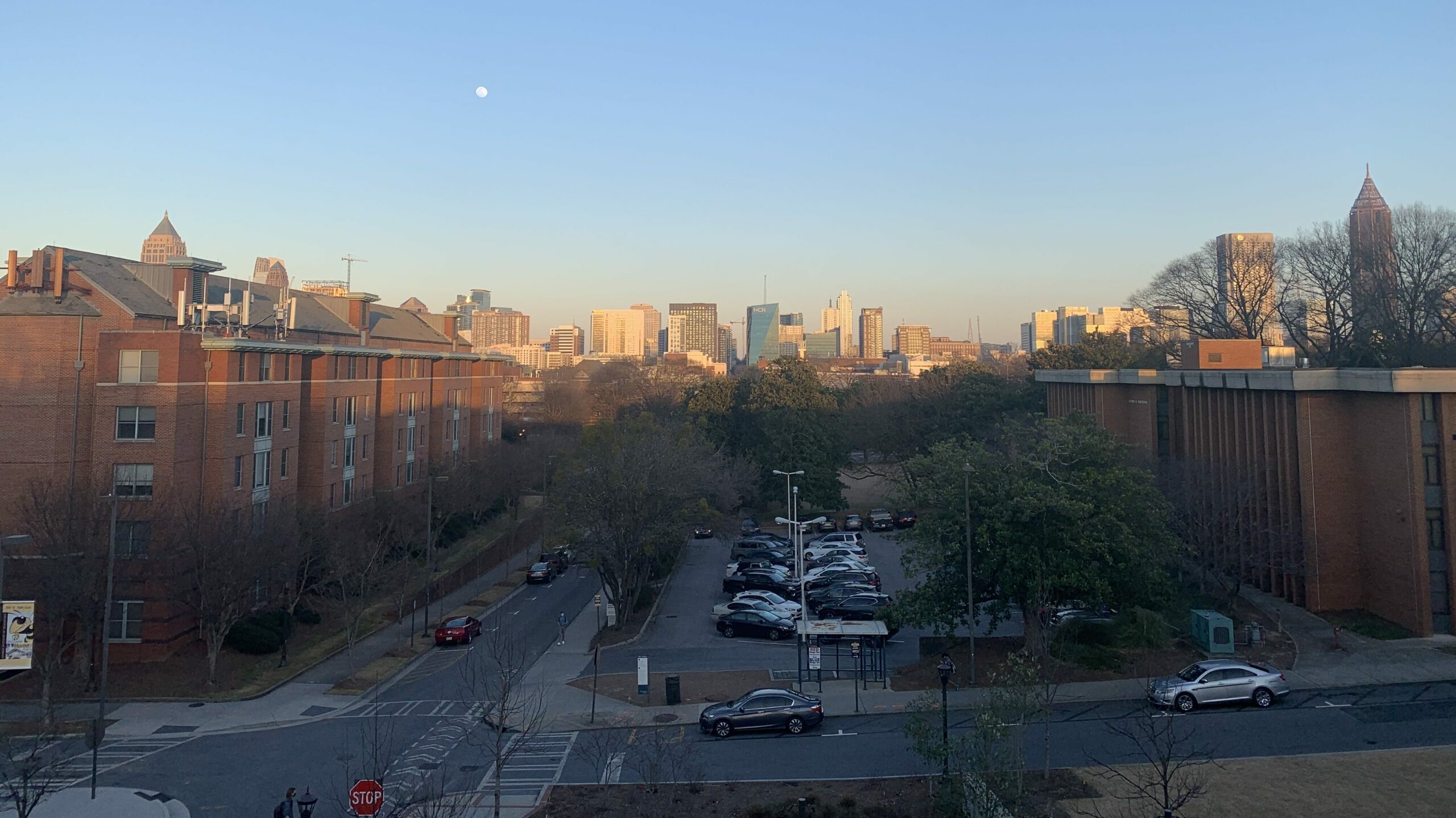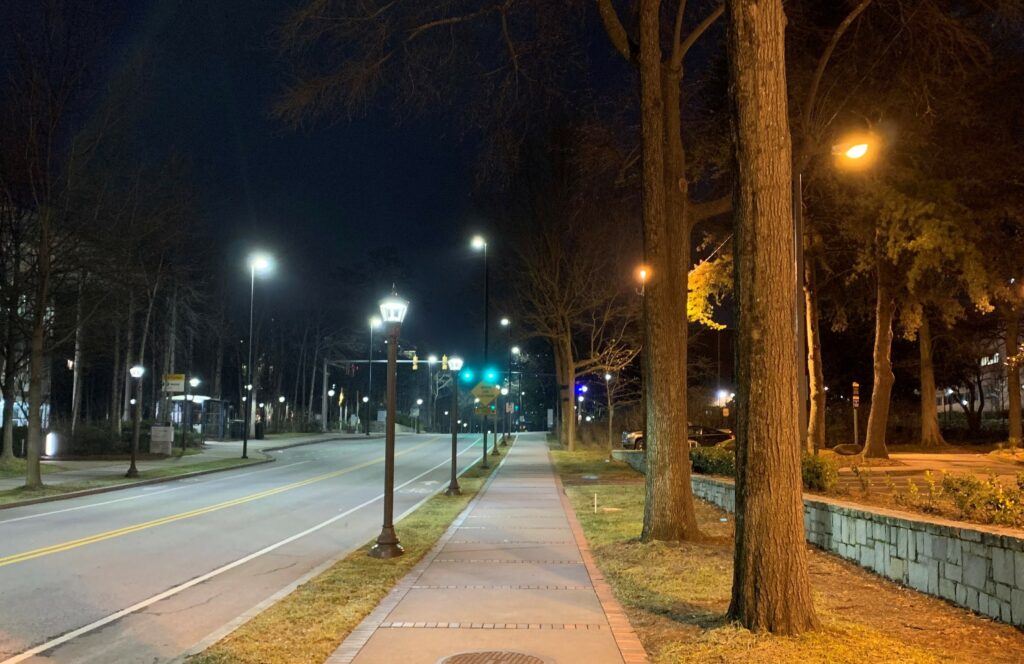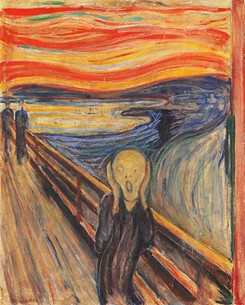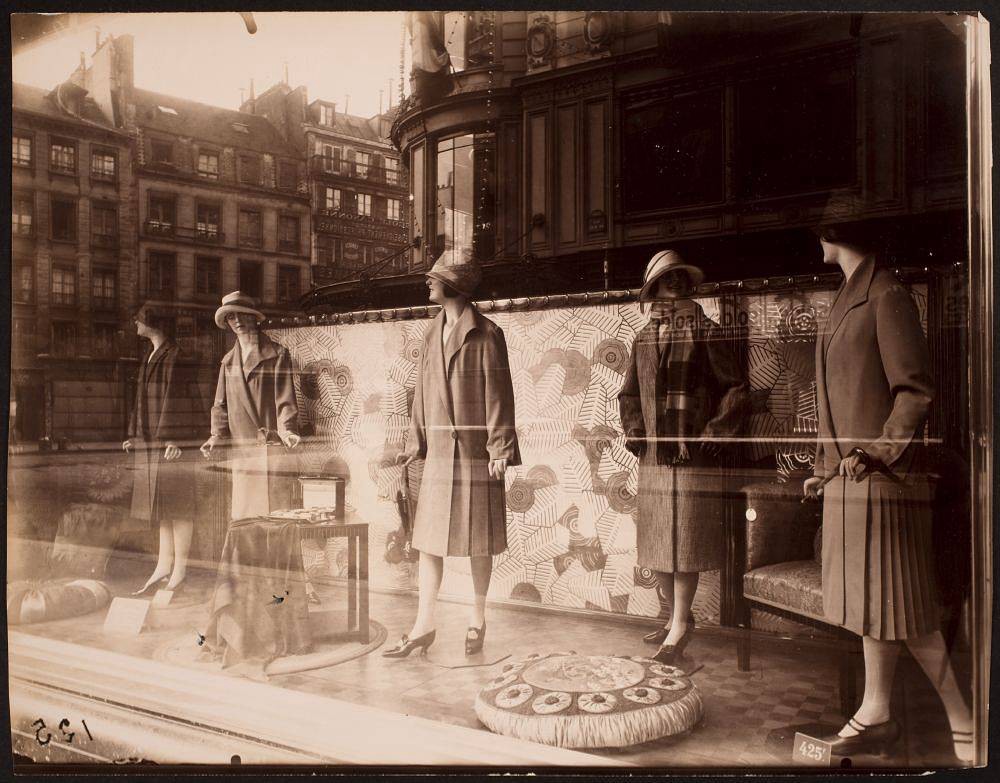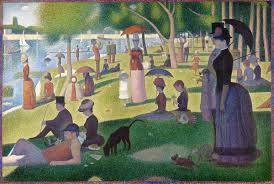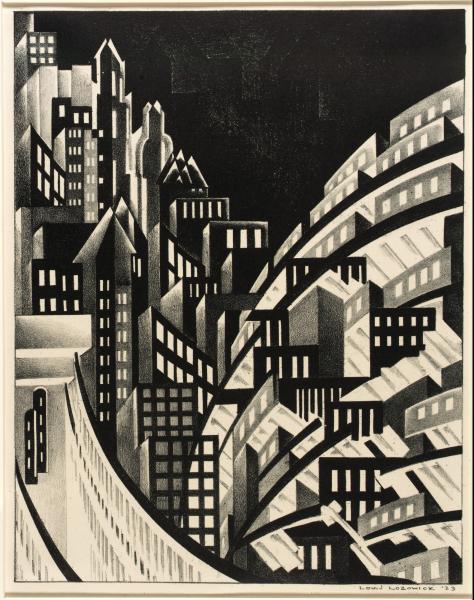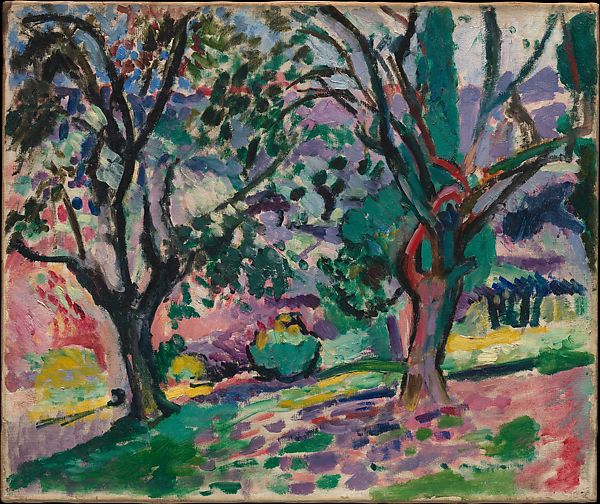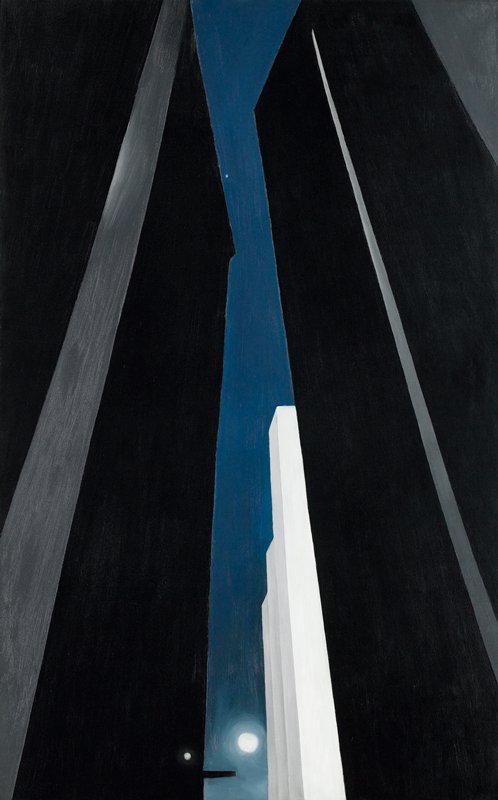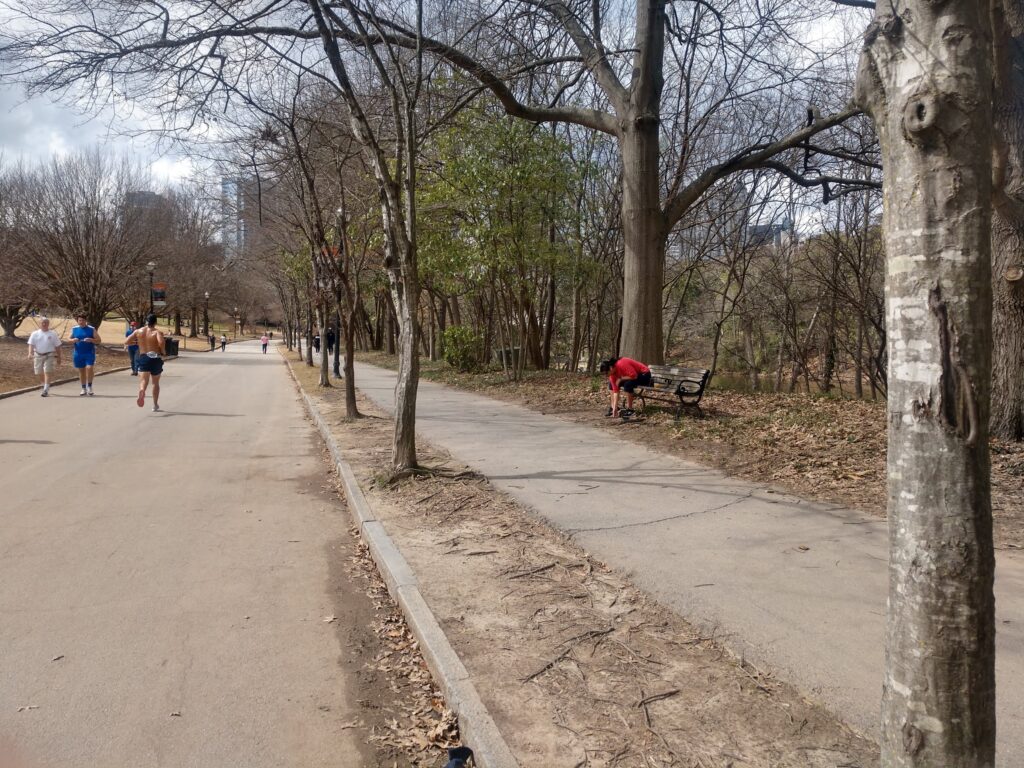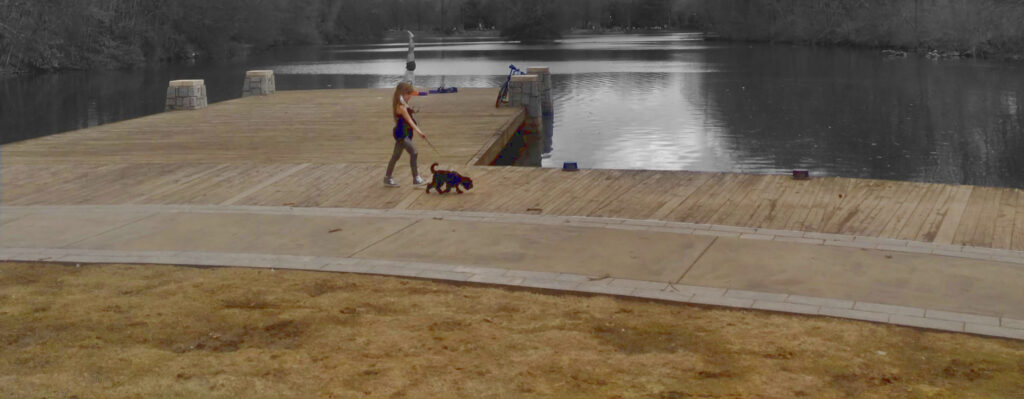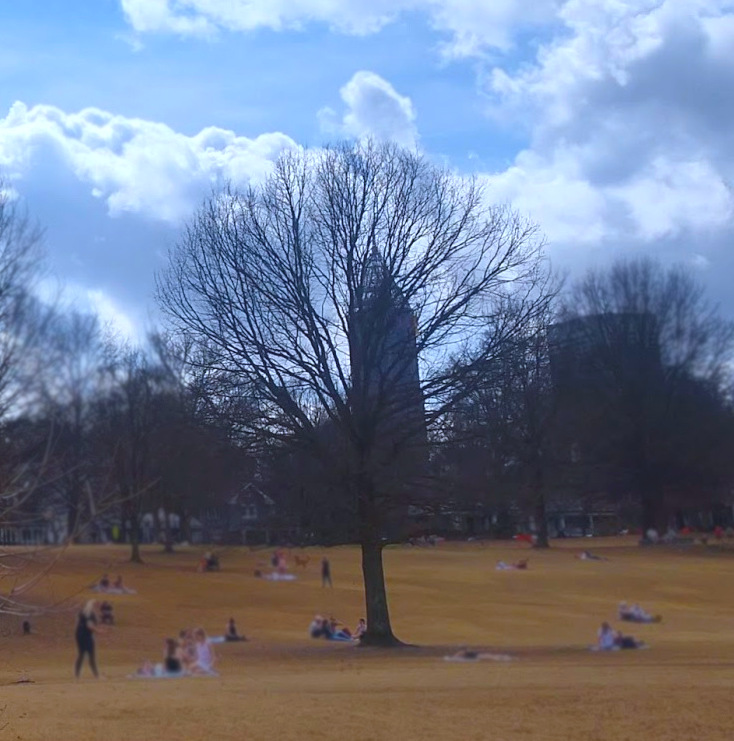The digital revolution has transformed the way we chat, date, shop, do politics, consume content, but sport looks relatively unchanged. From Football to Hockey to cricket, most sports abide by the principle of hitting or throwing a ball over a boundary or into a goal. There hasn’t been a major new sport invented for more than a century. Until recently that is. In many places around the world, gaming is considered nothing more than a simple recreational activity. But in the city of Seoul, gaming isn’t just a past-time but a major social activity and sport.
Seoul is considered a technological powerhouse, leading many of the innovations in the digital world. However, this also led Seoul’s younger generation to be widely exposed to gaming. In 1998, when Blizzard released its real-time strategy game StarCraft, it wasn’t just a hit in South Korea but an awakening. Previously, gaming hadn’t really succeeded in the South Korean markets, so Blizzard hadn’t even bothered to localize the game in Korean. Despite this, out of 11 million copies sold worldwide, 4.5 million were in South Korea. The game was so popular it caused the emergence of “PC bangs,” pay-as-you-go gaming cafes where users could eat, drink, and play games for less than a dollar an hour. In 1998, there were 1998 there were 100 PC bangs across the country, but by 2001 there were more than 23000. StarCraft and PC bang culture spoke to a generation of young South Koreans boxed in by economic anxiety and rising academic pressures. PC bangs were the only place where young people could relieve their stress. Today, PC bangs are not only gaming cafes, they are the parks and playgrounds of South Korea.

PC gaming was an escape for people who were struggling in their daily lives. Whether it be students facing the pressure of South Korea’s especially oppressive education system, or unemployed workers struggling to make a living. Gaming was the perfect opportunity for people to escape their lives in the real world and enter a fantasy world filled with like-minded people whom they can befriend, and a community to be part of. Gaming became Seoul’s and the nation as whole’s escape and coping mechanism. The image titled ” shows how for many in Seoul, gaming was a ray of hope and method to escape from their disappointing lives on earth.

PC bangs and the social aspect of gaming led to the birth of e-sports. PC bangs began hosting unofficial StarCraft competitions – informal neighborhood events where the prizes were merely free gaming hours or just bragging rights. However, after one TV channel broadcasted one of these tournaments due to popular acclaim, organized competitions took over. In 2004, one finals match held on a beach had attracted more than 100,000 spectators. Companies recognized the money and fame that came from crowds at that size. Corporate sponsorships for gaming flowed from large companies, creating professional teams. With most official competitions being held in Seoul, the city became a beacon for aspiring pro-gamers. E-sports came to be one of the most profitable businesses in the nation, even leading to the construction of several E-sports stadiums throughout Seoul. An Image of various e-sports stadiums is shown below.

With pro-gamers being hailed as champions, many of the younger generation dreamed of becoming pro-gamers themselves. They began investing above 10 hours a day gaming at Pc bangs and even hosting clubs and schools for gaming. The picture below shows a group of students at school playing League of Legends as part of a school club. They train together at school and organize unofficial competitions with other school teams. Seoul’s younger generation began incorporating gaming into every facet of their lives, eventually signs of addiction began spreading.

In hospitals around Seoul, psychiatrists witnessed a gaming mania unfold. In 2002, an unemployed 24-year-old man died in a PC bang after playing for 86 hours straight. Young people were gaming to point where their normal functions were falling apart. However, at this point gaming addiction was still not considered a real issue by many psychologists and by the government. Psychologists observed that gaming addicts displayed a similar impulsivity like that of ADHD, so, they treated it as such. In late 2010, after the police discovered 3-month-old baby who starved to death while her parents were busy nurturing their virtual baby on a game at an internet café, the government introduced a “nighttime shutdown” for gamers: they directed the operators of the three most popular games to block people under the age of 18 from playing games between midnight and 8 in the morning. In 2011, Psychologists around Seoul and the country were coming across more and more cases of gaming-addiction and were convinced that it was real and diagnosable. The same year, as children’s academic performance was noticeably decreasing and national panic rocketed, the government passed an official Shutdown law, a curfew that would block access to all online games for those under 16 between midnight and 6 a.m.
Gaming addiction in South Korea in Seoul was considered a severe psychological disorder but also a physical one. Previously I described Gaming as an escape mechanism for those struggling in life. As gamers escape to the online world, they begin to ignore basic hygiene and eat unhealthily. The image titled ‘South Park gamer’ depicts a man addicted to playing the game ‘World of Warcraft’ and is obese. Although this image is taken from the show South Park, the reality is no different, most gaming addicts suffer from malnutrition, repetitive strain injuries, skin disorders, and or obesity. There have even been extreme cases where gamers forget to eat and starve to death.

One case of Gaming-addiction in South Korea was that of 23-year-old unemployed man. He didn’t have any extreme impulsive tendencies and was a comparatively mild case. He went through 6 months of therapy but committed suicide 2 months after the completion of the treatment. The psychologists in charge of his case realized that after quitting gaming he still wanted to maintain his relationships with his gaming friends but was chucked out of the community. Losing all his social relationships led to his suicide. From this, psychologists realized that it wasn’t an issue of not playing the game at all – it’s not black and white. They categorized gaming addiction into 3 different types: some were addicted to moving up the ranks; some to the money-making aspect; and some to the sense of belonging to the gaming community and the relationships they formed through it.
Nowadays, although gaming addiction is still a major problem throughout South Korea and especially in Seoul, after recognizing it as a serious problem several countermeasures have been placed to oppose the spread of gaming addiction throughout the country. Rehab centers were introduced widely across South Korea, enforcing several techniques like therapy and excursions into the wild to connect with the outside world as well as make friends during the trip. Military service has proven to be a rather cruel but effective treatment as it forces addicts to follow a tight schedule as well as enforce camaraderie. The image below was taken from a Rehab center in Seoul for children addicted to the internet and gaming.

Seoul has been called the city of the future, and rightfully so. It has developed some of the most widely used technology in the world today. However, Seoul’s technological strength is exactly what exposed it to the dangers of gaming addiction. PC gaming affected South Korea’s younger generation severely, showing first-hand the potential dangers technology can have on society.
Sources:
- Hattenstone, Simon. “The rise of eSports: are addiction and corruption the price of its success?” The Guardian. 16 Jun 2016. https://www.theguardian.com/sport/2017/jun/16/top-addiction-young-people-gaming-esports
- Cain, Geoffrey. “South Korea Cracks Down on Gaming Addiction.” Time. 20 Apr 2010. http://content.time.com/time/world/article/0,8599,1983234,00.html
- Kim, Max S. “Video games are dividing South Korea”. MIT Technology Review. 23 Dec 2019. https://www.technologyreview.com/2019/12/23/238190/video-games-national-crisis-addiction-south-korea
